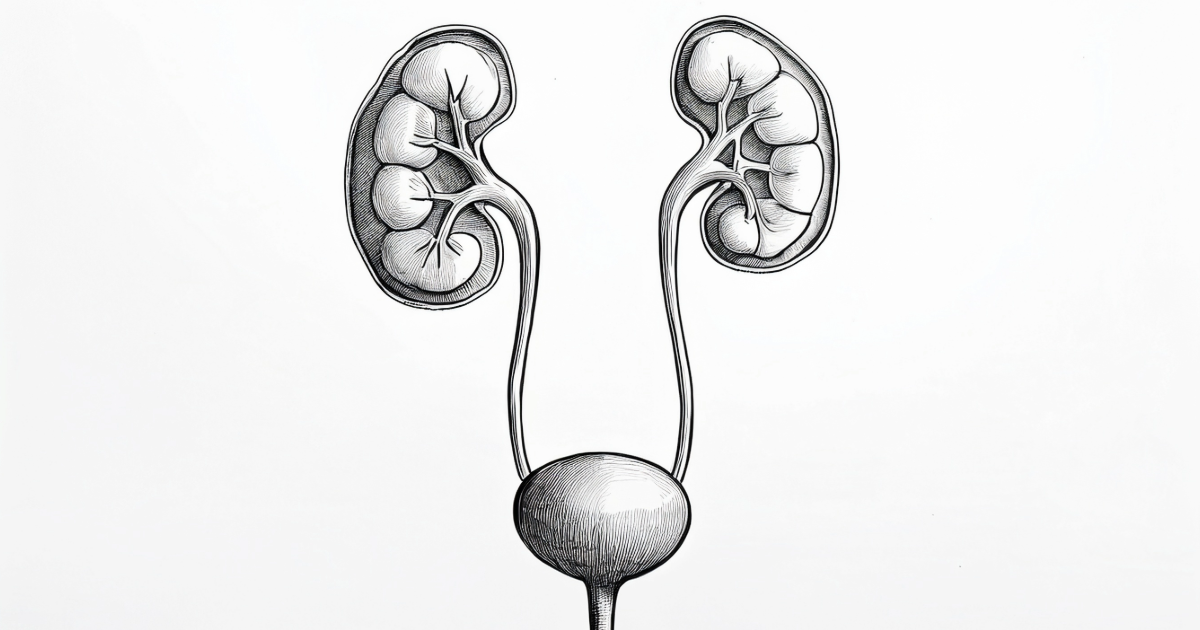A recent data analysis showed a connection between lower biochemical recurrence rates and patients with prostate cancer implanted with rectal spacers. The analysis used real-world anonymized datafrom 36,866 patients who underwent primary external beam radiation therapy (ERBT) for prostate cancerwas collected from a real-world database of anonymized patient data. Of those patients, 259 received a SpaceOAR Hydrogel rectal spacer. After a mean prostate-specific antigen (PSA) follow-up period of 43 months, biochemical recurrence rates were 5% versus 11.4% in their matched control counterparts.1
SpaceOAR Hydrogel is a polyethylene glycol (PEG)-based hydrogel designed to create space between the prostate and rectum to reduce the radiation dose to the rectum during radiation therapy for prostate cancer. It has also been found to help reduce bowel, urinary, and sexual complications.2
In an interview with Targeted Oncology, Sean Collins, MD, who authored the study, spoke about the relationship between SpaceOAR Hydrogel and reducing radiation doses to the rectum for patients with prostate cancer.
Targeted Oncology: What was the rationale behind this study, and what unmet needs prompted the research?
Sean Collins, MD: When you radiate prostates, the rectum is right next to the prostate, and it can get radiation exposure, and that can cause bowel frequency urgency for the rest of your life. In 2016, we started using these things called rectal spacers, and these are basically gels that are placed between the prostate and the rectum and separate the rectum from the prostate by 1 centimeter. That doesn’t sound like a lot, but that’s a lot when you’re dealing with modern radiation. It really limits the dose of radiation to the rectum. What we found is that space replacement improved, reduced the amount of radiation to the rectum, and improved and reduced the rate of late rectal toxicity, such as bowel frequency, urgency, and rectal bleeding.
If you can put a gel between the prostate and the rectum, it might allow you to increase the dose to the prostate and give these men a better chance of being cured with radiation.
What was the design and methodology?
We decided to get an electronic medical record database that had 36,000 men treated between 2016 and 2022, and approximately 2000 to 3000 of them had rectal spacers placed, and the other 30,000 didn’t have rectal spacers placed. We found that in this study the men that were most likely to get the spacers had localized disease, and men with metastatic disease were less likely to get the spacer. There was a concern when we first started using these spacers that there might be cancer cells in the fat between the prostate and the rectum, and the spacer might be separating the cancer from the prostate and affecting the treatment negatively. We found that usually men who are getting radiation dose escalation from brachytherapy were more likely to get spacers. Men who had comorbidities like diabetes and hypertension, which make you more prone to radiation toxicity, were also more likely to get a spacer.
We did a comparison between 2 groups of patients that were matched very closely in their characteristics, did a multivariant analysis, and came up with 250 men who had spacers and 500 men who didn’t. We then looked at their biochemical disease-free survival, which means they didn’t have a rising PSA after treatment. What we found is that there was a 50% reduction in the percentage of men who failed treatment in the first couple of years after treatment, and they had a rectal spacer. It was 11% vs 5% radiation modality.
What are the implications or major takeaways that you think oncologists should know based on this study?
This has changed my thinking about spacing. I put spacers in men with worse cancers because I want to make sureI get a high dose to their prostate, so I give them a better chance of cure. When I talk to patients, I say, “We’re going to put a spacer in so we can better dose escalate the radiation to your prostate and give you a better chance of cure.” Patients also ask if spacing can spare the bladder or spare erections. I think people are still exploring that it’s not just sparing the rectum. There are other ways that spacing can help.
What’s the next step in research?
How can we prove that hypothesis? This could help us design a randomized trial to see whether spacing does improve cancer control in a randomized study. A matched pair analysis is not as good as a randomized study. There are confounding factors that could affect the matching that you’re not aware of, and randomized trial is the only way to show this.
REFERENCES:1. Collins SP, Tran E, Roane A, et al. Real World Data Analysis of Biochemical Recurrence after Primary Radiotherapy for Prostate Cancer: Propensity Matched Comparison of Patients with Hydrogel Rectal Spacing vs. No Spacing. Int J Radiat Oncol Biol Phys. 2025;724-7252. Mariados N, Sylvester J, Shah D, et al. Hydrogel spacer prospective multicenter randomized controlled pivotal trial: Dosimetric and clinical effects of perirectal spacer application in men undergoing prostate image guided intensity modulated radiation therapy. Int J Radiat Oncol Biol Phys. 2015;92:971–977

